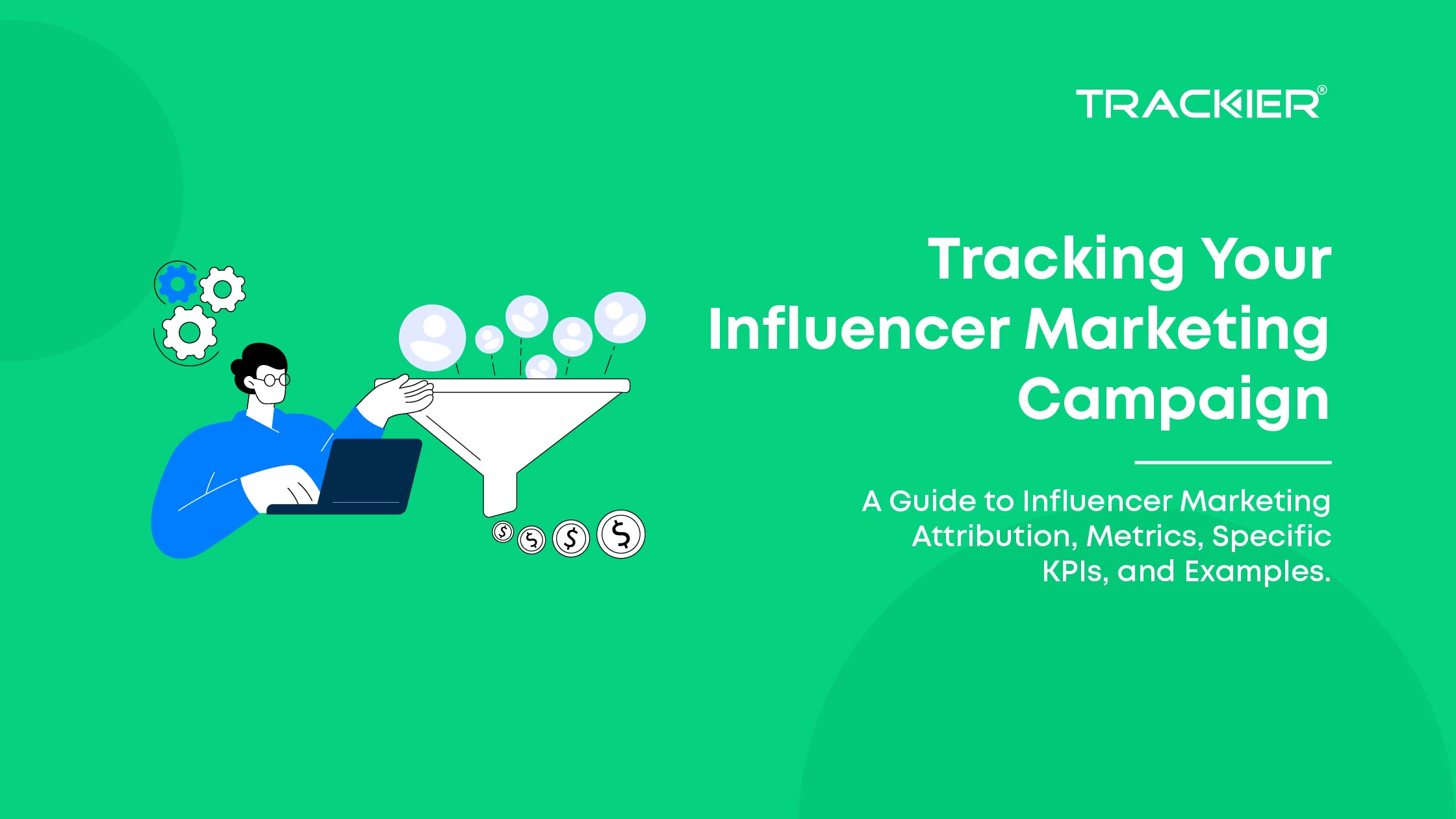What is OTT?
OTT is a content distribution channel that uses existing internet connections instead of other methods like cable boxes or radio waves.
That means that we, as consumers, don’t have to use a traditional content distributor to access our favorite programming.
With OTT:
- We get to choose the device. Traditional media channels require a dedicated device like a TV or radio. OTT-delivered media is available on your laptop, connected TV, tablet, and mobile phone.
- We choose the time. Unlike traditional media, which is pushed out on a linear schedule, you can stream OTT content anytime and in any order you wish.
- We choose the content. A traditional service provider had a program manager who decided which shows, movies, or songs they’d air. With OTT, you get to play any content from any media company’s app or website, based on your personal content preferences.
- Additionally, media companies and marketers get a lot of direct feedback as users engage with programming and ads, guiding content production and advertising strategies.
How does it actually work?
Generally speaking, OTT works by media companies placing content on their app or website, and consumers streaming that content through their internet connection.
However, within that broad definition are a few different models:
- Subscription Video (or Audio) On Demand (SVOD): Streaming providers like Hulu, Disney+, and Spotify Premium require you to pay a subscription to access their content.
- Advertising-Based Video (or Audio) On Demand (AVOD): Crackle, YouTube, and Spotify Free offer freemium content and monetize it by selling ads.
- Transactional Video (or Audio) on Demand (TVOD): Providers like Apple iTunes and the Amazon Video Store charge consumers a one-time fee to either rent or own a piece of content.
OTT can also carry phone calls and text messages, with providers like Skype and WhatsApp using advertising or subscription-based models to monetize their services.
The benefits of OTT advertising
OTT video, audio, messaging, and VoIP platforms can all be supported by advertising. That’s great news for us marketers since OTT ads offer fine-grain targeting of an engaged audience and improved analytics compared to traditional advertising.
Precision targeting
OTT ads play when a single person streams a piece of content. That allows marketers to set niche audience targeting for attributes like interests, location, and demographics.
On the flip side, everyone in a broadcast audience sees the same ad as it airs during a program. At best, those traditional ads are targeted at city-sized geographic areas. That’s a lot of people viewing an ad who may never care about the product to begin with.
Engaged audience
The video completion rate for OTT ads hovers just north of 80%. Why so high? In part, it’s because many OTT ads aren’t skippable. But even the ones that are – are more relevant to the viewer because of tighter targeting.
On the other hand, Digital Video Recorders (DVRs) gave TV watchers the power to fast-forward through commercials, which helped fuel a trend where more than half of live TV viewers now say they skip every ad. Who said marketing was easy?
Better analytics
Each person who pulls a piece of OTT content from an app is an audience of one. That allows you to learn more about who sees your ads when a large number of people view them at the same time.
Also, many OTT ads are interactive. The viewer can click a link or choose an option. Their interaction teaches more about their preferences and can even get them into your marketing funnel for future retargeting campaigns.
Broadcast and cable media providers, on the other hand, can only tell you about the general demographics of the people watching their programs. As a result, it’s difficult to connect individual viewers to engagements with your brand.










